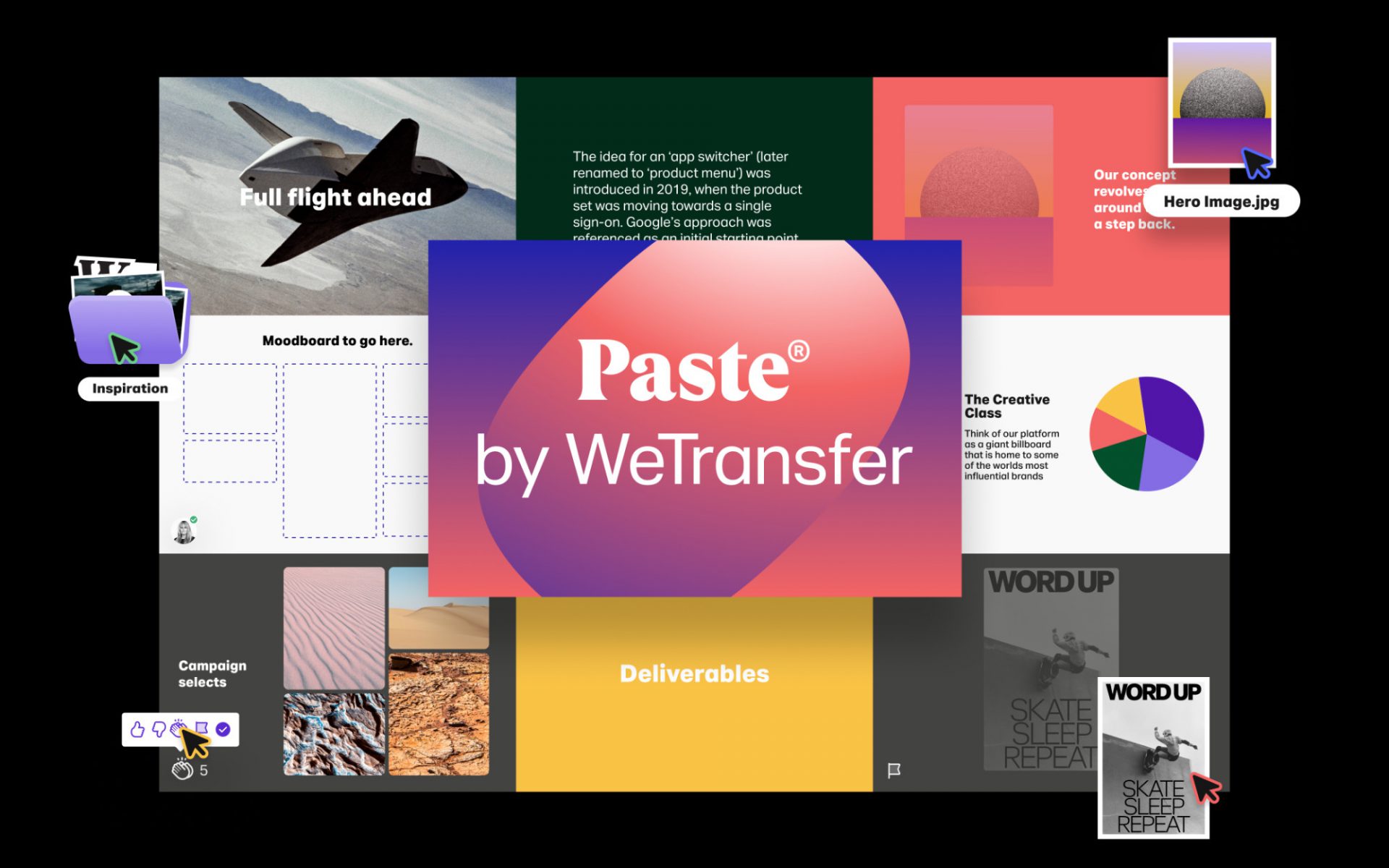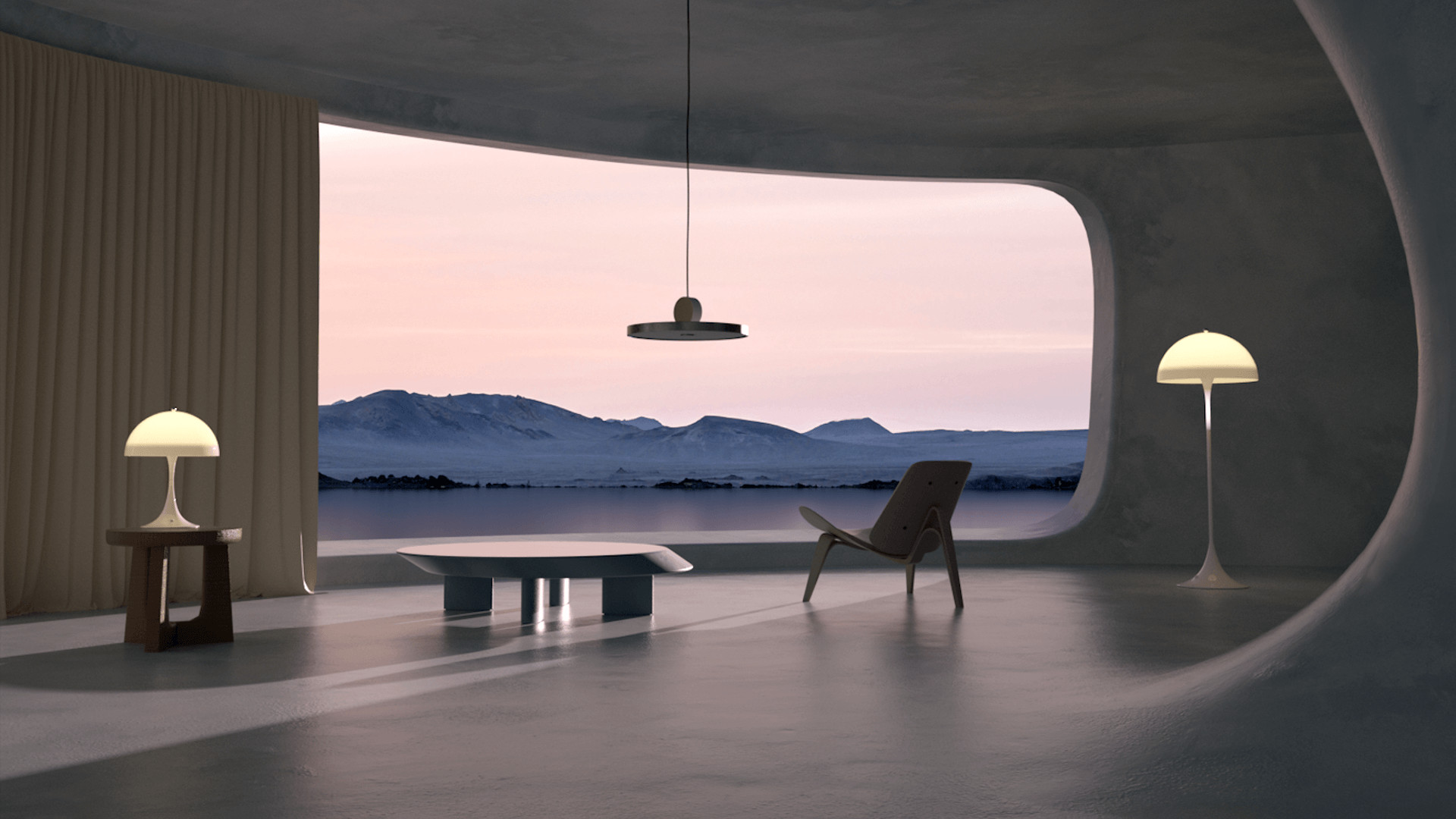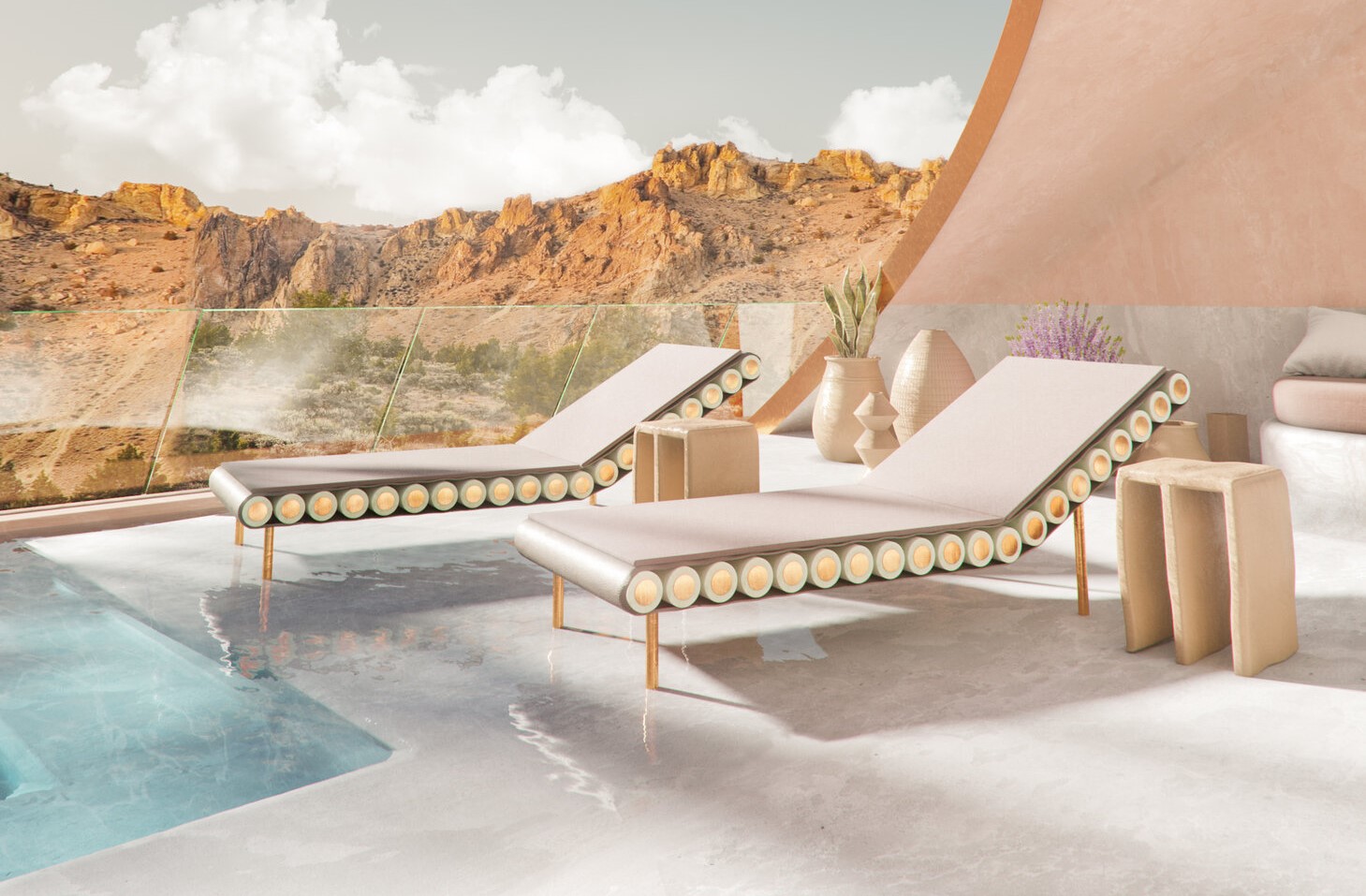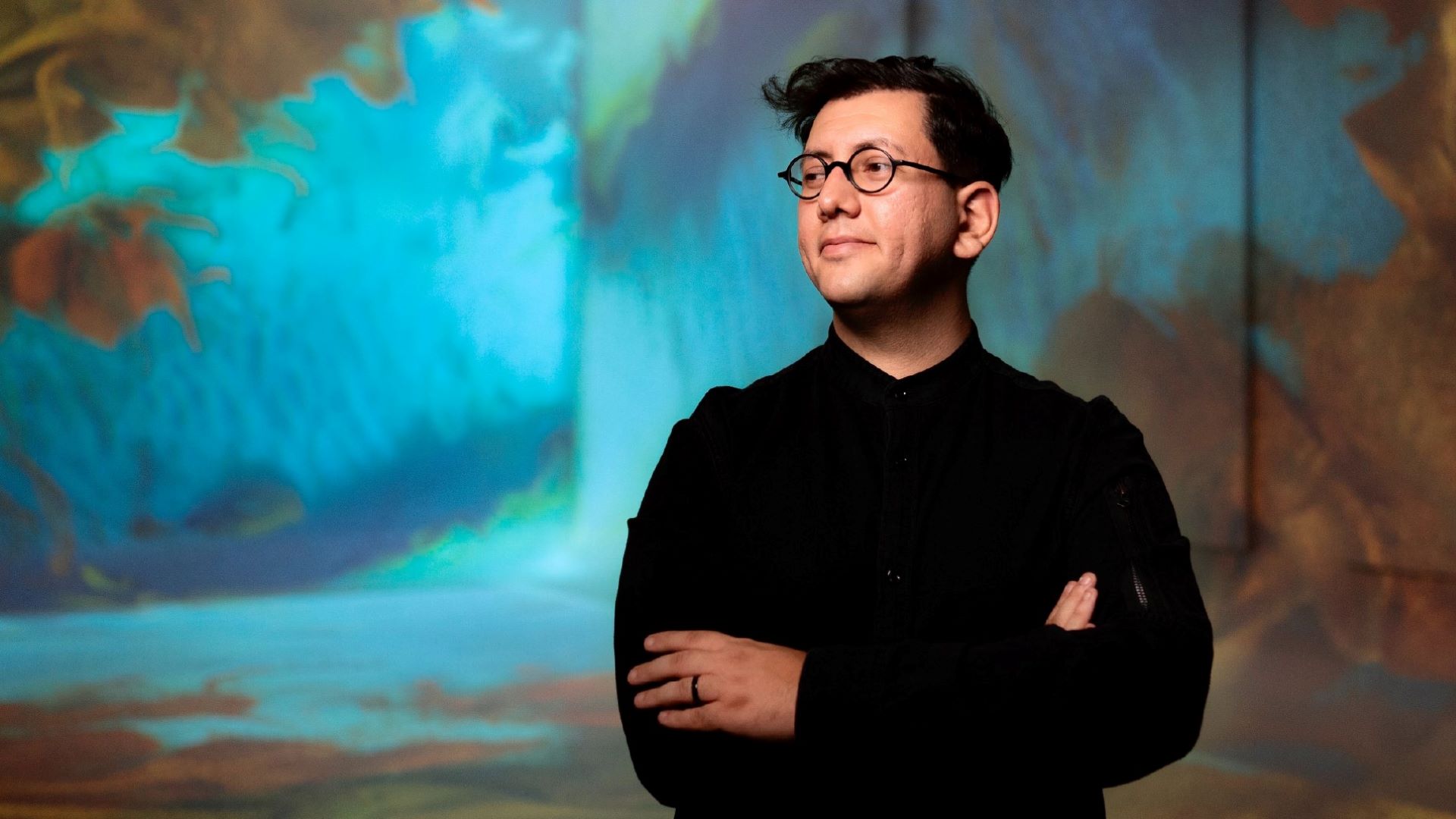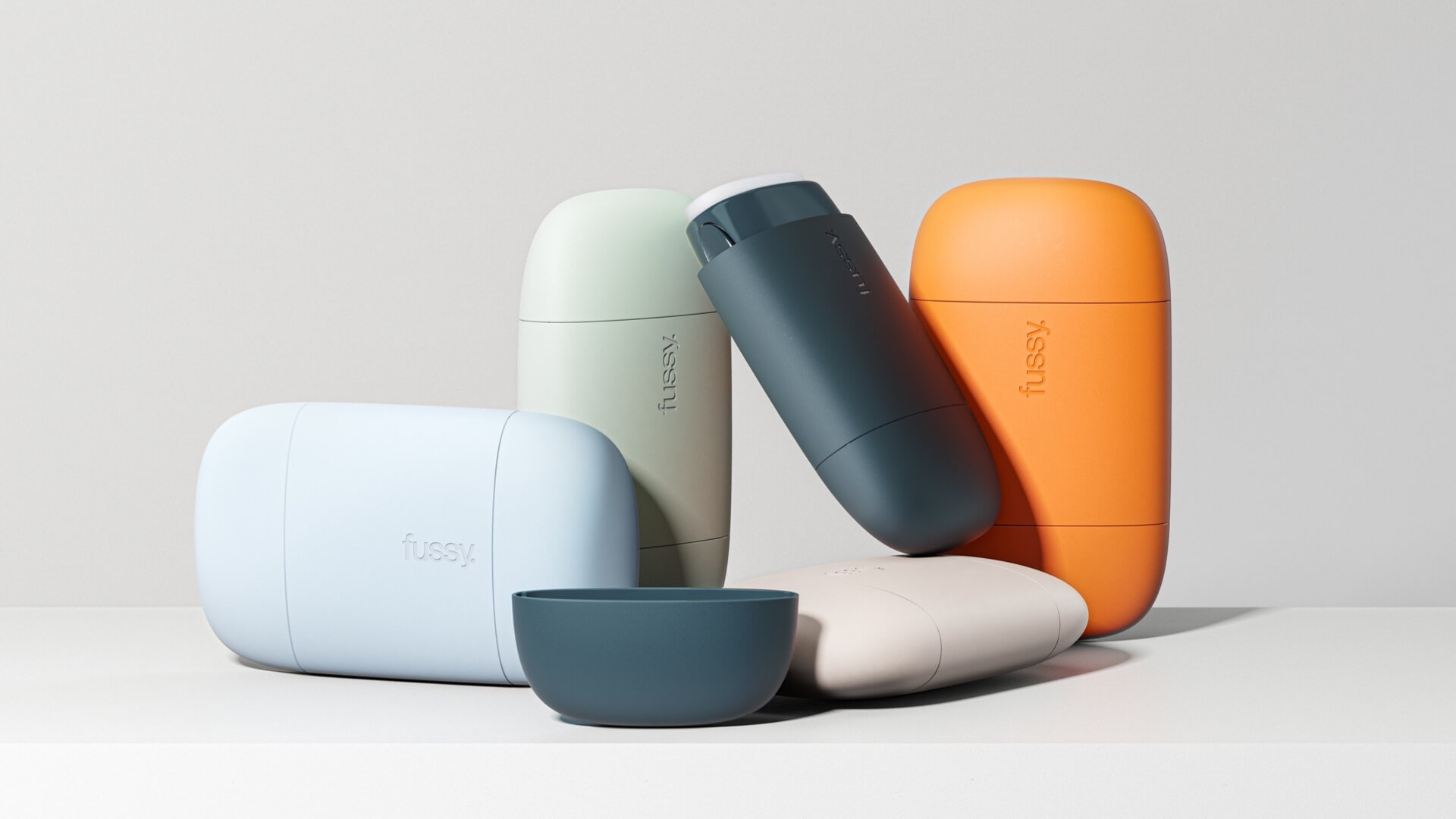“If an idea doesn’t move, it will die” – Interview with KJ Chun, Head of Product for Paste by WeTransfer
Paste by WeTransfer is transforming how teams build presentations and visualize ideas together with a “content-first” approach
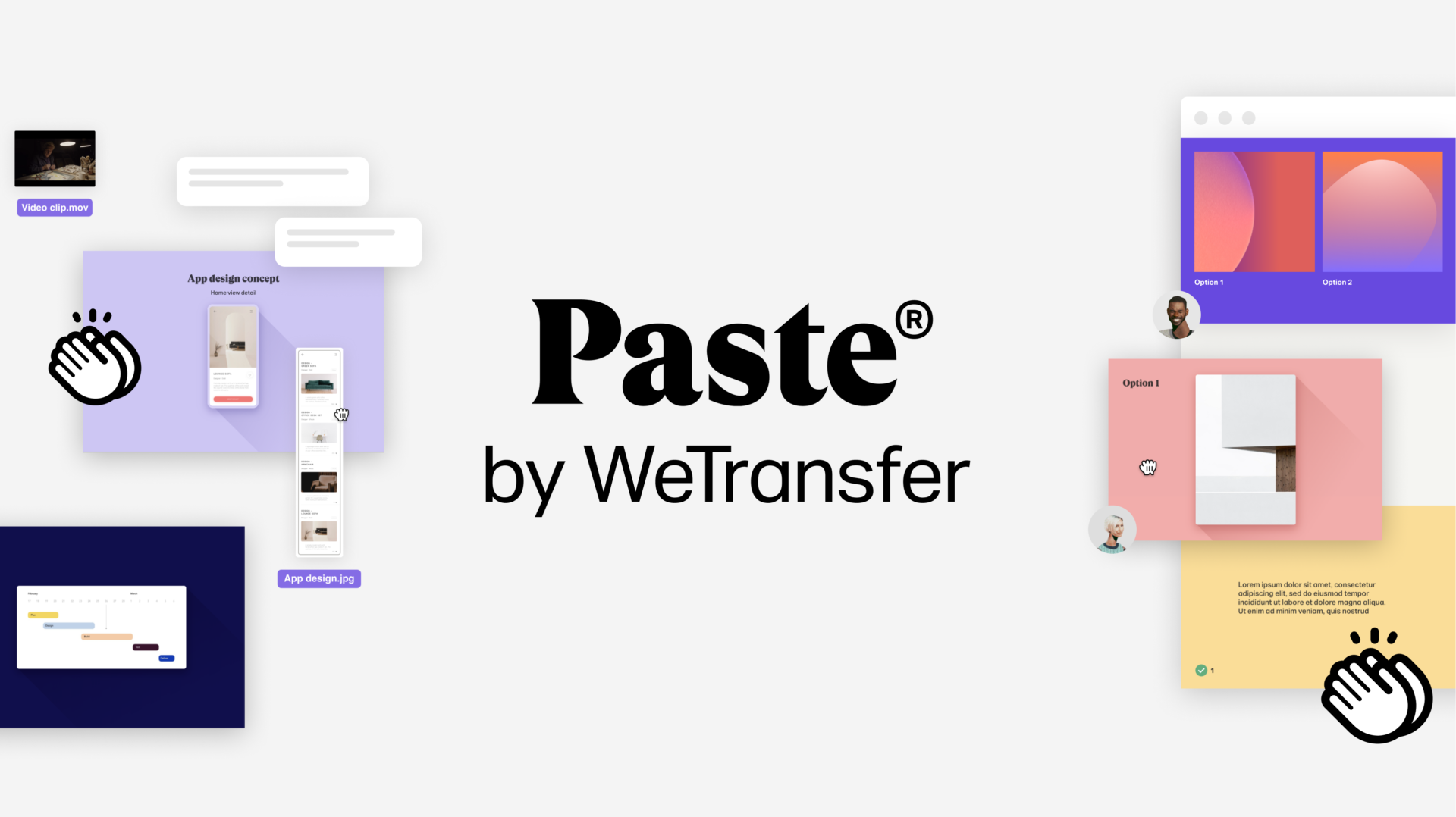
In a watershed moment for the future workplace, WeTransfer has grown to include tools that scale across the creative spectrum, including the quick slide-making tool Paste®, designed to bring teams and their ideas together in a visual, beautiful way.
As companies have embraced the idea of working remotely, Paste keeps ideas moving forward with a “content-first” approach that enables teams to edit content simultaneously within and between slides, or multiple slides, from an elevated view.
DesignWanted had the opportunity to interview KJ Chun, Director of Design and Head of Paste at WeTransfer, to talk about design, tools that facilitate creative processes, working at WeTransfer and supporting a diverse range of creatives and causes, as well as the development of Paste and the future of creative collaboration.

Who is KJ Chun? How did your journey in design begin?
KJ Chun:
“I’m a Brooklyn-based multidisciplinary designer, combining user experience, technology, and brand to invent new tools for creativity. At WeTransfer, I’m Director of Design and Head of Product for Paste®.
I joined WeTransfer in 2018 when they acquired FiftyThree products, Paper® and Paste. FiftyThree is where I developed my product design practice. The nearly six years I spent there shaped my ethos as a maker as I learned alongside talented, multidisciplinary collaborators on an award-winning team.”

I was seven when my family emigrated from Seoul and landed in Seattle. As a typical Korean-American kid, I took all the extracurriculars you might expect –– taekwondo, piano, violin, math (any Kumon kids out there?).
I had mild stage fright so dreaded live performance, and while I enjoyed various sports I hated the competitive aspect. Art, video games, and Miyazaki films were my refuge.
Even as a child, I was curious about the way devices worked, taking toys apart to understand their inner workings. (No doubt this was inspired by my dad who was an aerospace tooling engineer.)
When I got to the University of Washington, I almost pursued medicine as generations on my mom’s side had done, which led me to start on the science track. I probably would’ve continued in Computer Science if I hadn’t been kicked out of the program (a story for another time, perhaps).
In any case, it was a traumatizing experience and I did wonder if I’d ever work with computers again. Luckily, a friend’s recommendation led me to UW’s Visual Communication Design program, which became my real introduction to the rich and diverse world of Design.”

About the WeTransfer family, could you tell us more about the main aim of this suite of tools and what vision do you pursue as Director of Design and Head of Product of Paste?
KJ Chun:
“The WeTransfer family of tools exists to help people move ideas in order to bring them to life. Now, the “moving of ideas” may sound specific to our file-transferring service, but there’s a greater truth: If an idea doesn’t move, it will die. Forgotten over time, buried in your camera roll or notes app. Never nurtured, never shared, never acted on.
WeTransfer moves large files as a download. Collect moves inspiring artifacts you find and gathers them in one place to fuel your projects. Paper moves ideas out of your head and into a personal journal for handwriting and sketching. Paste moves ideas and artifacts within slide decks that are shared with others to align on a plan or vision.”

As Head of Product for Paste, I’m responsible for articulating the vision of what Paste can be and shaping the strategy to realize it. I see a big part of my role as cultivating a culture in which Design, Engineering, and Marketing can trust each other to discover and deliver on new, valuable experiences quickly and effectively.
As Director of Design, I lead the Design discipline for Paste and Paper. What drives me in my role is seeing our team and customers become more thoughtful and intentional through design. We shape our tools that in turn shape us.
I tend to not follow design trends, but instead find inspiration in recurring patterns and behaviors of people interacting with things both digital and analog. It’s exciting to discover a pattern in one realm that seems applicable in another as if we’re touching some deeper, universal truth. The thoughtful merging of time-tested, universal models of interaction with new technology is where the sweet spot seems to be.
This is why I encourage our designers to think about Design in the broadest terms—not just in the visual or UI—and consider the whole team, including engineers, researchers, and marketers as co-designers of the experience.”

With the current shift towards remote working, the tools to collaborate online have become absolutely vital. What are the main trends & future directions within creative collaboration tools and what do you think of them?
KJ Chun:
“If your job is mainly managerial and all about the face time, video conferencing is a fine communication tool. But for those of us making, writing, and editing together, talking at a screen full of faces isn’t always the best way to move the work forward.
Having tangible artifacts in which to ground the discussion and build on is vital to creative collaboration. If you can’t see what’s being made, how can I be sure we’re talking about the same thing?
Screen-sharing helps, but it’s a one-way broadcast that sets up your audience as critics, not collaborators of the artifact. And simply adding a feedback layer on top of the old creation tools will only get us so far.
The challenge is in how to enable more effective modes of collective working—brainstorming, planning, co-creating, iterating, and decision-making—both asynchronously and in real-time.
I hope the future brings better integrations between communication and creation experiences as tools become more connected and APIs more open. This might look like the creation tools incorporating more robust communication features—like real-time audio/video—or communication tools better integrating with various creation experiences. We’ll probably start seeing both.”
[ Read also Co-working space for a more just and equitable community: The Coven + Blu Dot ]

WeTransfer is one of the few examples of a company that believes stakeholders, users, employees and society are linked together, and it is also taking the first step in reducing its environmental footprint by becoming carbon neutral this year. Could you tell us more about how it is to work in a company that is committed to support a fair, inclusive and sustainable society?
KJ Chun:
“A set of shared values is the main reason I joined WeTransfer. WeTransfer has always given away ⅓ of advertising space to support a diverse range of creatives and causes. This summer, we committed to donating $1m worth of advertising space to support Black Lives Matter initiatives. We also became a certified B Corp to further commit to balancing people, planet and profit.
As creators, we reflect on the impact of the things we make, and the change we create in the world. The pandemic lockdown has raised the question: What is an essential service? And it has me asking myself: How essential is designing software to help people be creative? It’s important to reflect and stay engaged when there are no easy answers.
When you’re not qualified to address an issue directly, contributing your resources and skills to organizations that support the front lines is the next right thing.”

The WeTransfer tools facilitate every stage of the creative process, from ideation to final delivery. Could you explain how they help the future workplace as companies increasingly embrace the idea of working remotely?
KJ Chun:
“In order for ideas to have an impact at work and in the world, they need to move freely and be delivered effectively. Ideas can be fragile, misinterpreted, too big, too small, or simply lost in the noise. To give ideas the best chance at every stage, WeTransfer tools help teams be more intentional about the delivery of their ideas, especially in these times of remote working.
Paste in particular is focused on helping teams be more creative and level the playing field of ideas within organizations. Because a great idea can come from anyone, Paste empowers everyone to have their ideas seen and heard by designing slides for you as the content and intent evolves. No one should have to play the role of visual designer or mess with inflexible design templates to make their idea shine.”
[ Read also From Workplace to Workforce: practical experiments in experience design by Rapt Studio ]
Paste presents a completely new way of visualizing and editing presentations. Could you tell us what are the features that make it unique compared to other traditional presentation tools?
KJ Chun:
“Unlike our competitors, Paste is “content-first” rather than “template-first.”
The “template-first” approach makes users choose a static template upfront, locking them into layouts they have to manually modify as content evolves. At best you can tweak the layout yourself or work with a designer to make your presentation presentable. At worst, you give up and start over with a different template.
In the “content-first” approach that we take with Paste, slide layouts automatically adapt to the content you add. Instead of slide templates, Paste has Power Layouts that let you change the intent of a slide at any time, whether you want to show with visuals, tell with text or introduce a concept. Slide layouts update instantly, no matter the state of your content.”
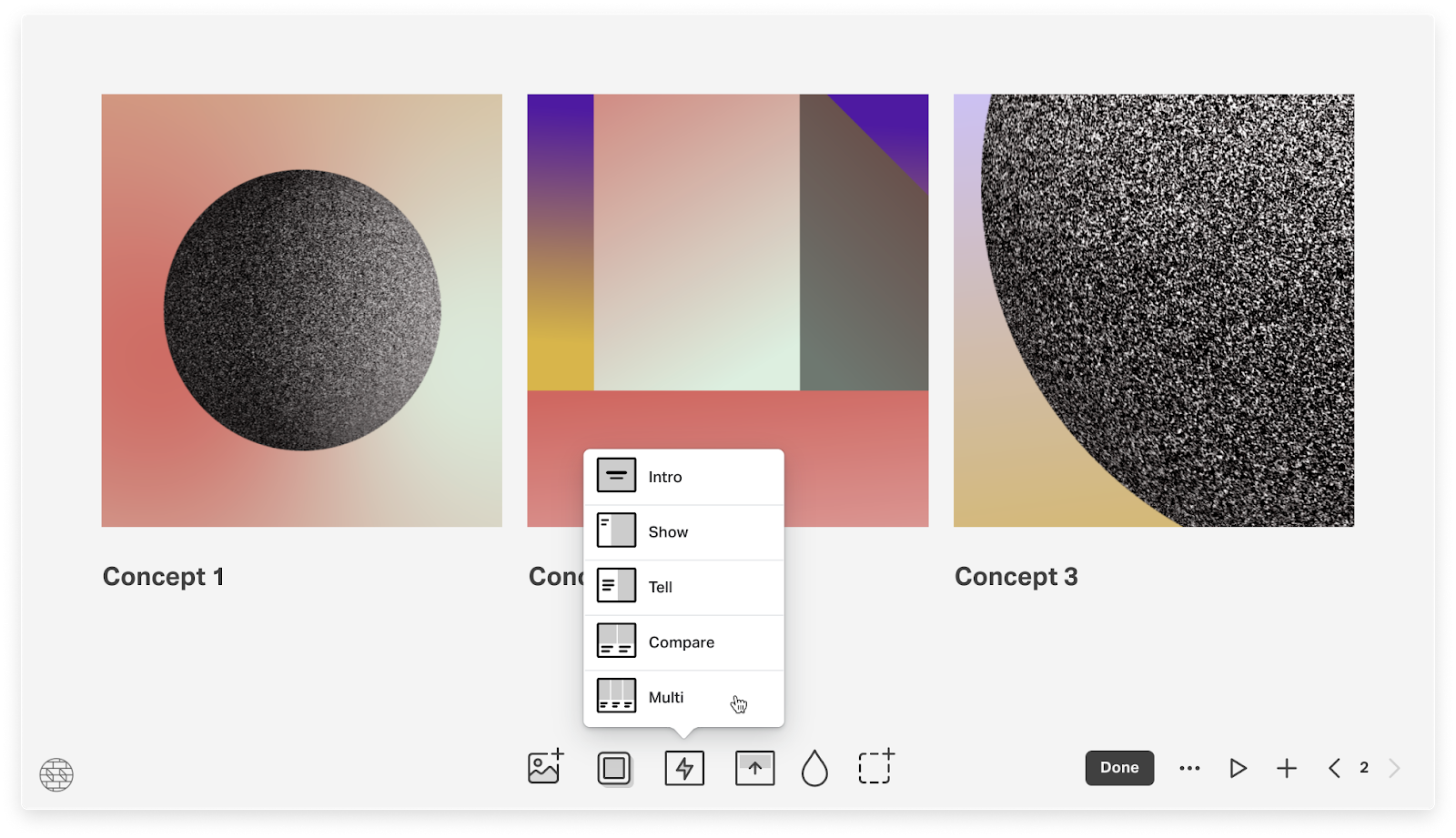
Paste’s simple interface and low barrier to creation are what empowers cross-disciplinary teams to contribute their ideas with minimal effort. And as a web-native tool, they can embed web content—like Figma, Google Docs, Twitter, YouTube—to minimize the work of “repackaging” that goes on in other presentation tools. (No one should have to recreate a chart, diagram, or other artifacts that already exists in another tool or service!)
With Paste we’re bringing the designer’s process of defining, ideating, critiquing, and iterating to a wider range of creative people. Plus, the visual nature slides in Grid View enables the kind of visibility that walking by the studio wall does—something that is sorely missed in these days of not being together in a physical space.”
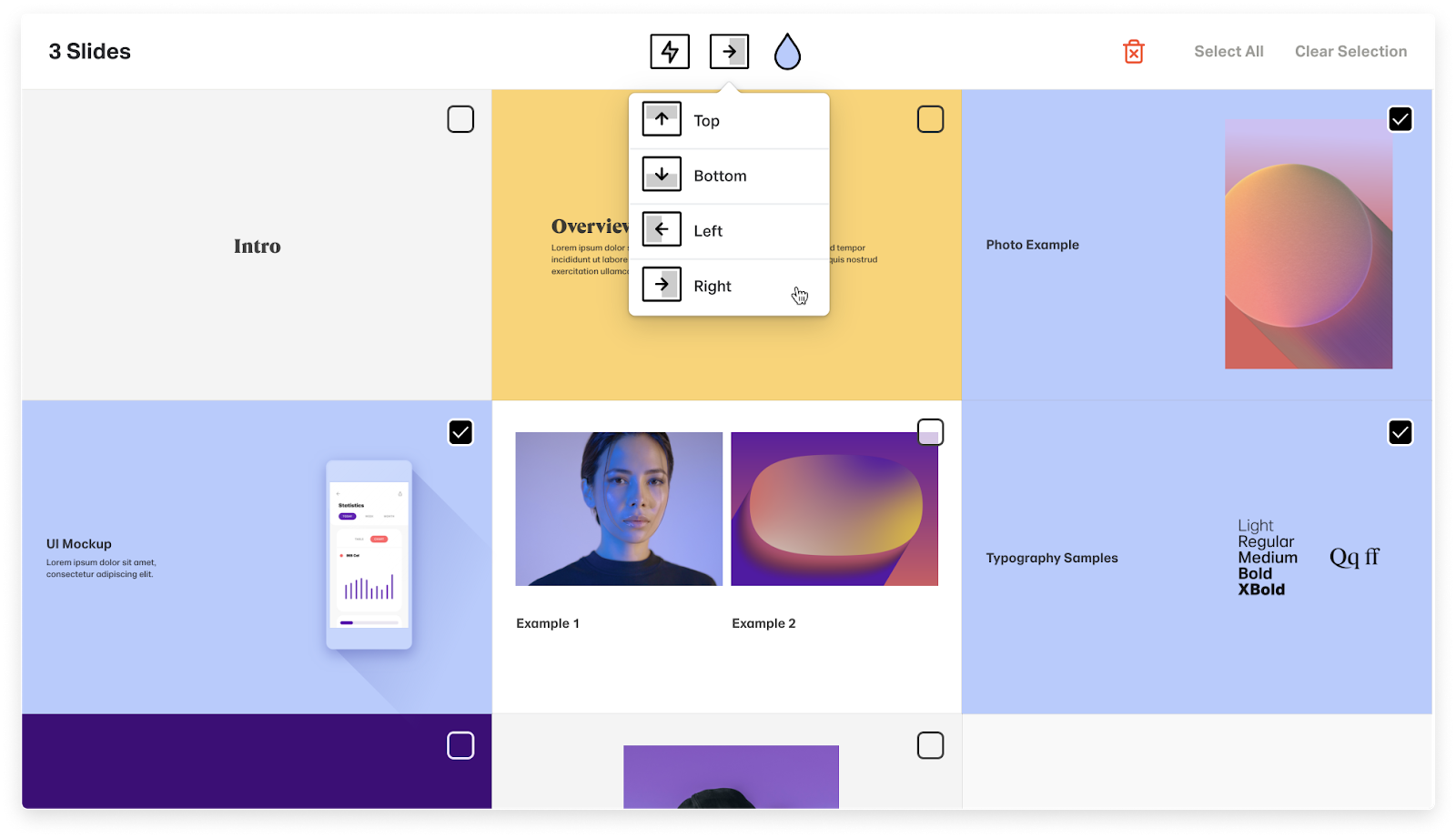
About Paste, it has now introduced a new layout engine “Bento” for enhanced format layouts. Could you explain to us how this works and what was the thought process behind its development?
KJ Chun:
“The Bento Layout System builds on the core layout concepts at the heart of Paste. When designing version 1, a key insight was that the basic layout needs of an idea can be achieved by managing and maintaining a very specific relationship between text and media. Different text/media combinations produce the Show, Tell, and Intro results.
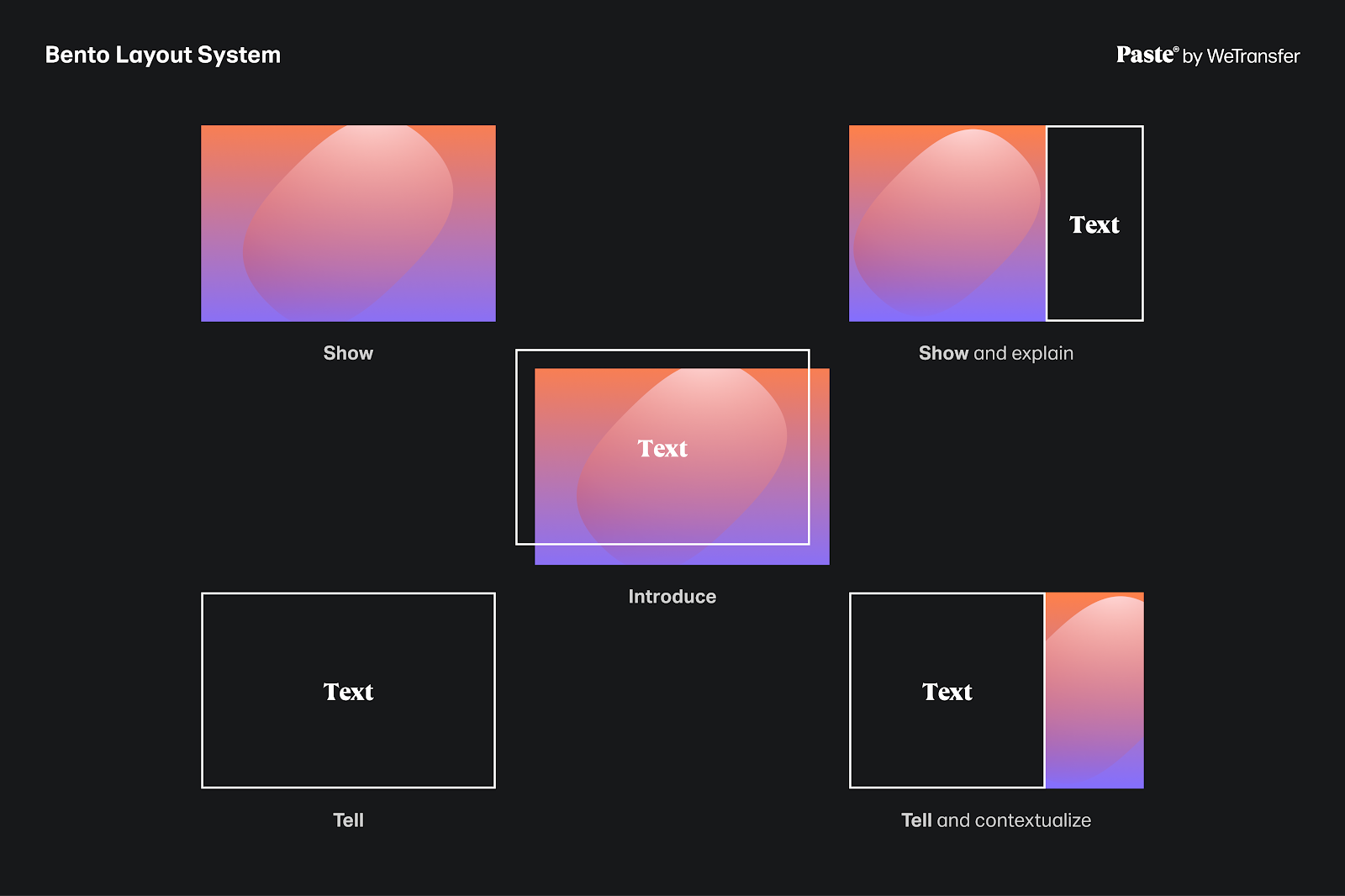
As much as creators love the fast and intuitive experience of Power Layouts, it was too basic for some use cases. Some ideas need more structure or need multiple ideas displayed together to explain well. The big design challenge was to enable more complex layouts while still maintaining the simplicity at the core of the Paste experience.
We explored various models for container-based layouts, digging up old beta prototypes, and taking cues from the layout patterns of the responsive web. At one point we even entertained the freeform canvas and fixed layout approach of traditional, “template-first” presentation tools—just to be sure we were on the right path.
My intuition since the early days of Paste, though, was that the text/media relationship was key to the “content-first” experience and could be multiplied to greater effect. And that’s essentially where we ended up after rounds of prototyping: we turned the text/media combination into a building block for more complex structures.

Inspired by the way Japanese multi-compartment meal boxes help put everything in its place, I codenamed the project “Bento” and the name stuck. (It’s easier and more fun to say than ‘compartment-based layout system’.)
And like arranging a beautiful meal, you can drag and drop media between compartments for your audience to consume. Compartments snap everything into place—no mess made, no tidying required.
The launch of Paste 2.0 was only the beginning of Bento. We have big plans for extending the system to enable more intuitive ways of shaping the story—like reordering entire compartments, moving text blocks, more media display options, and other powerful stuff we prototyped but can’t reveal just yet.”
What should we expect to see next from WeTransfer?
KJ Chun:
“Lots of cool stuff in the works. We’re constantly leveling up our existing products and exploring new ones. We have an exciting brand moment planned in September and we’re experimenting with how to create a more complete product solution for the entire creative process. We’re always on the move.”









